Black Mass
The “Black Mass” project is aimed to establish the capability to characterise and trace of the secondary raw material Black Mass using geochemical and mineralogical analytical techniques. Black Mass is the shredded material derived from end-of-life Lithium-ion batteries (LIB), a rich source of lithium and other metals, which can be used to produce new batteries. With an improved characterization of Black Mass, options for the recycling process of LIB will be enhanced, a necessity given the surge in lithium demand driven by the push for green energy. For the characterization of Black Mass from different producers and battery types, the laboratory techniques called automated quantitative mineralogy (AQM) and micro-X-ray fluorescence will be used.
The project also investigates the traceability of lithium to address social and environmental concerns associated with lithium mining. The ratio of lithium’s two stable isotopes will be used to find a way to geochemically fingerprint black mass from different producers and from natural lithium-bearing rock samples applying (multi-collector) inductively coupled plasma mass spectrometry. The project is part of a broader effort to promote urban mining, the sustainable practice of reclaiming valuable materials from waste. The project will therefore contribute to a more environmentally friendly, economically and socially sustainable battery manufacturing.
Project leader/projektleder
Nynke Keulen, [email protected]
Projektperiode/project periode
September 2024-December 2025
“Black Mass” projektets formål er at etablere geokemiske og mineralogiske metoder til karakterising af det sekundære råmateriale Black Mass for herigennem at kunne spore dets oprindelse. Black Mass er det makulerede materiale, der stammer fra udtjent litium-ion-batterier (LIB), en vigtig sekundær kilde til litium samt andre metaller, der alle bruges til at producere nye batterier. En forbedret karakterisering af Black Mass materialet åbner mulighederne for genanvendelse af LIB, hvilket imødekommer den øgede efterspørgsel efter litium og disse metaller fra produktion af grønne energiformer. Til karakteriseringen af Black Mass fra forskellige producenter og batterityper bruges laboratorieteknikker kaldet automatiserede kvantitativ mineralogi (AQM) og mikro-røntgenfluorescens.
Projektet undersøger også sporbarheden af litium for at imødegå sociale og miljømæssige bekymringer forbundet med minedrift efter litium. Forholdet mellem litiums to stabile isotoper kan benyttes til at identificere oprindelsen af Black Mass fra forskellige producenter samt fra naturlige litiumholdige bjergartsprøver ved hjælp af (multi-kollektor) induktivt koblet plasma massespektrometri. Projektet er del af en bredere indsats for at fremme urban minedrift, den bæredygtige praksis med at genanvende værdifulde materialer fra affald. Projektet vil derfor bidrage til en mere miljøvenlig, økonomisk og socialt bæredygtig batteriproduktion.




